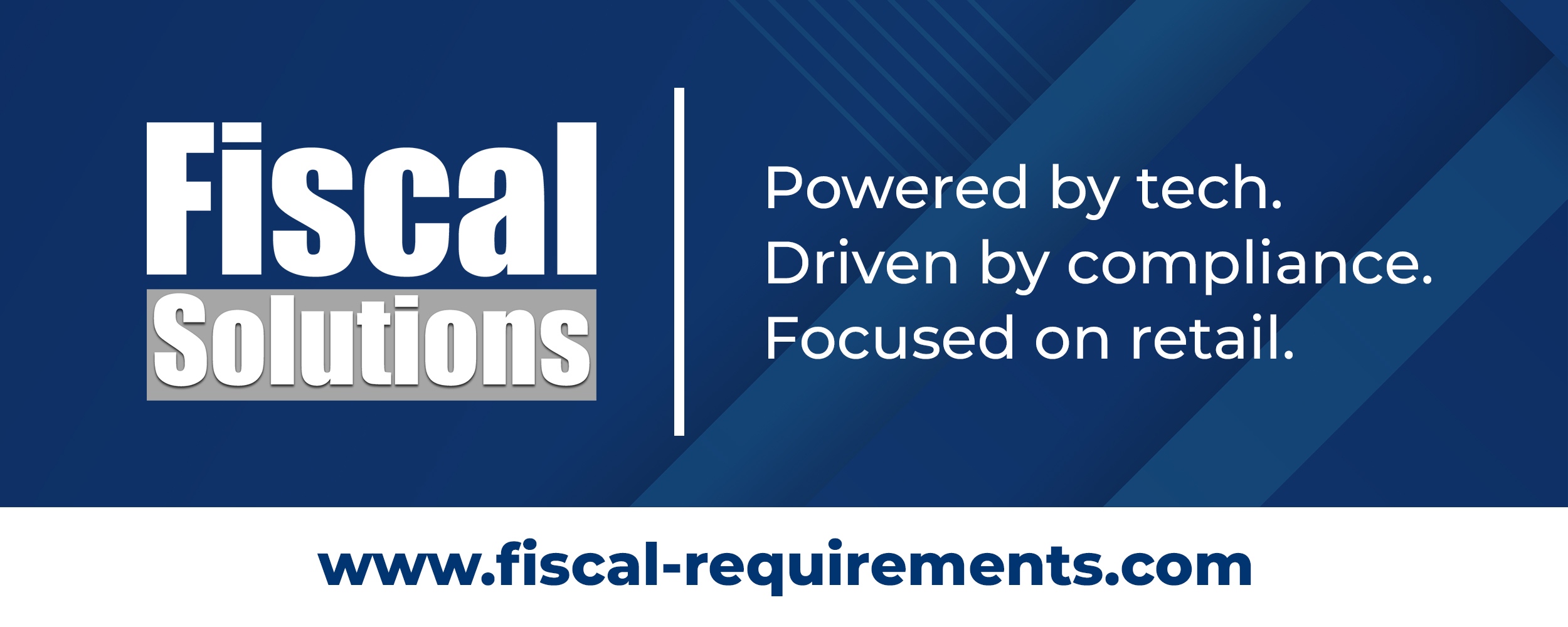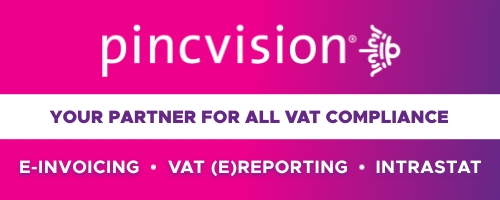Creating a tax control framework for Value Added Tax (VAT) can be a complex process, but here are some general steps that can help you get started:
- Understand the VAT requirements: The first step is to understand the VAT requirements of your country or region. This will involve researching the VAT laws, regulations, and guidelines that apply to your business. You should also identify the VAT rates that apply to your products or services, as well as any exemptions or deductions that may be available.
- Identify risks: Once you understand the VAT requirements, you should identify the risks that your business may face in complying with those requirements. For example, you may have risks related to invoicing, accounting, or reporting. You should also consider any risks related to the nature of your business, such as cross-border transactions or transactions with high-risk countries.
- Develop controls: Based on your risk assessment, you should develop controls to mitigate those risks. For example, you may need to implement controls to ensure that your invoices meet the VAT requirements, or controls to ensure that your VAT returns are accurate and timely. Your controls should be designed to prevent errors or omissions, detect any issues that do occur, and correct them promptly.
- Implement controls: Once you have developed your controls, you should implement them throughout your business. This may involve training your staff on the new controls, updating your accounting systems, or creating new policies and procedures.
- Monitor and review: Finally, you should monitor and review your VAT control framework on an ongoing basis. This will involve regularly checking that your controls are working effectively, identifying any new risks that may arise, and updating your controls as necessary.
Overall, creating a tax control framework for VAT will require a thorough understanding of the VAT requirements, careful risk assessment, and the implementation of effective controls. It is a complex process, but an important one to ensure compliance and minimize your business’s exposure to penalties and fines.














